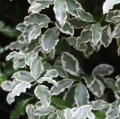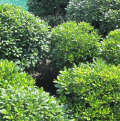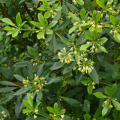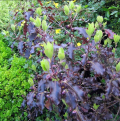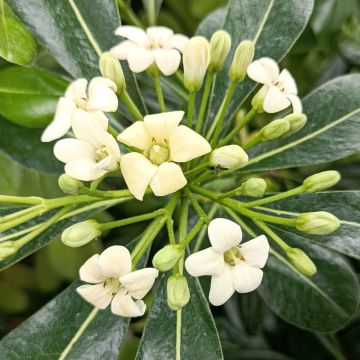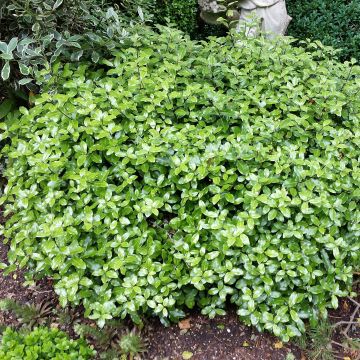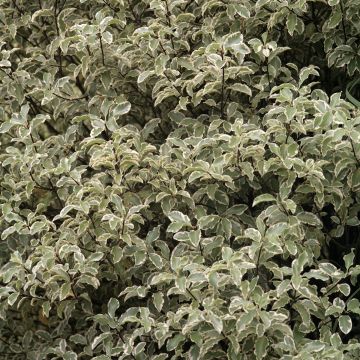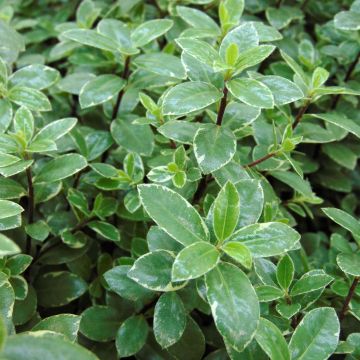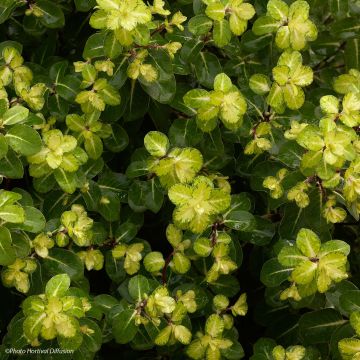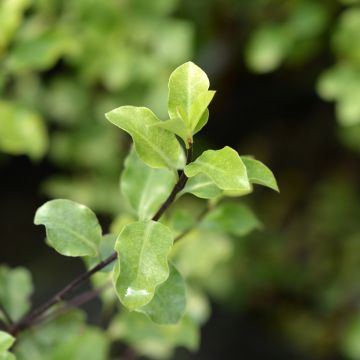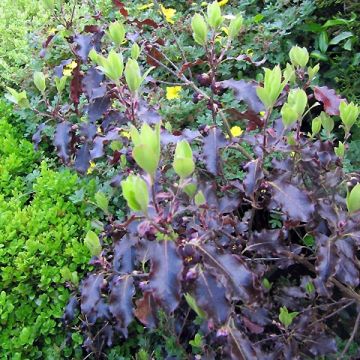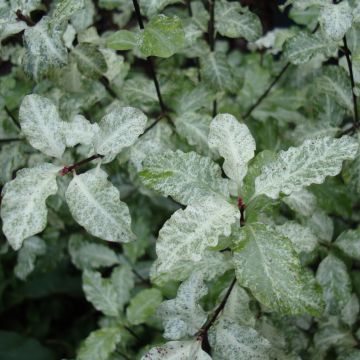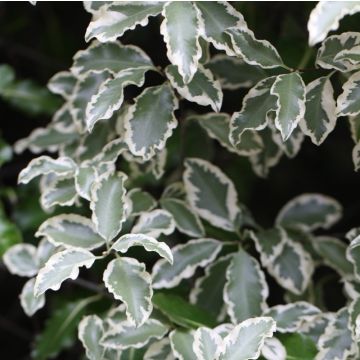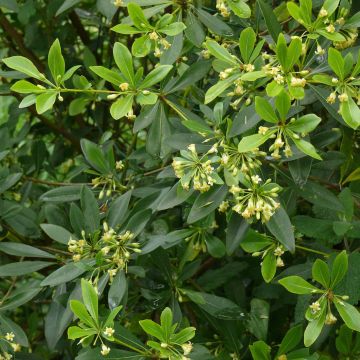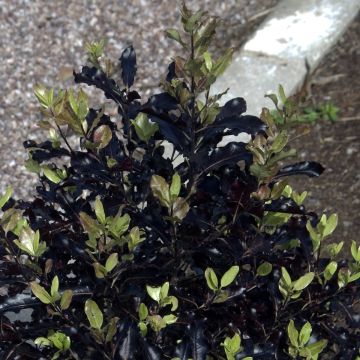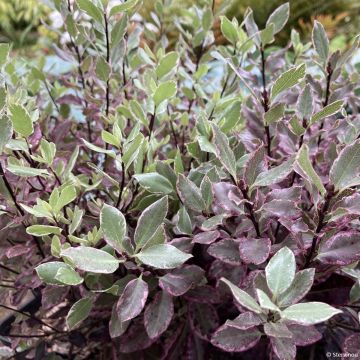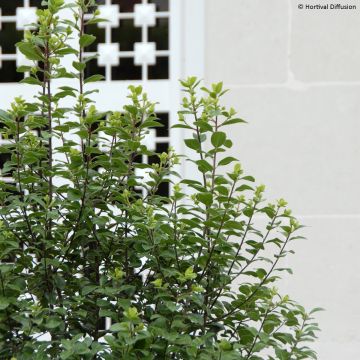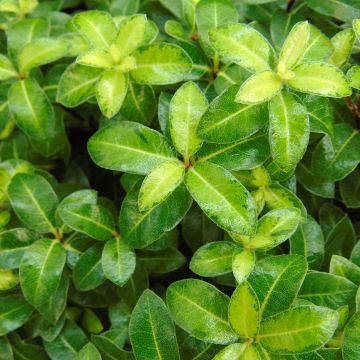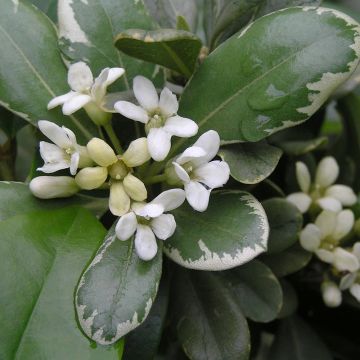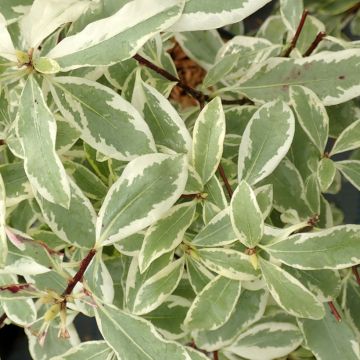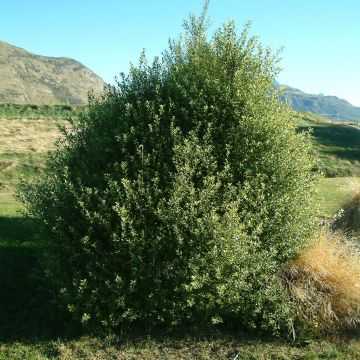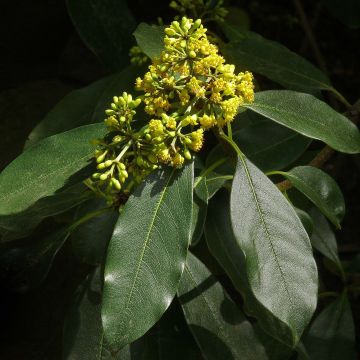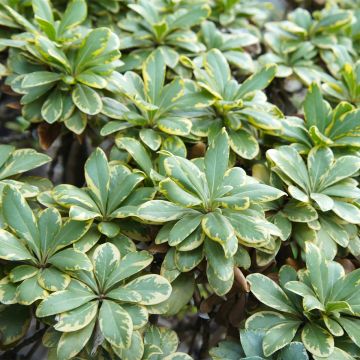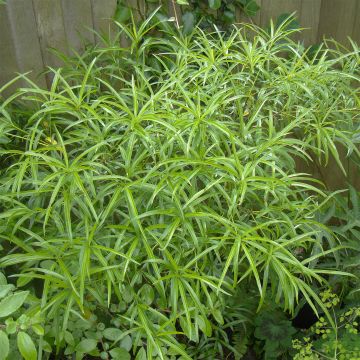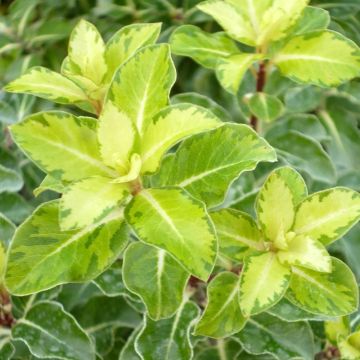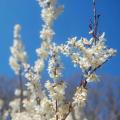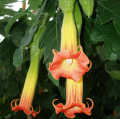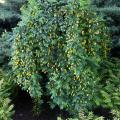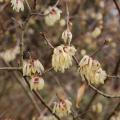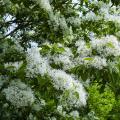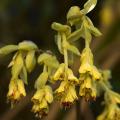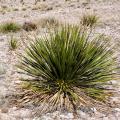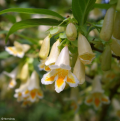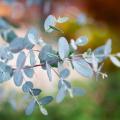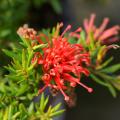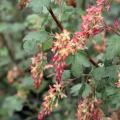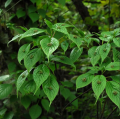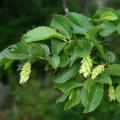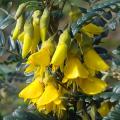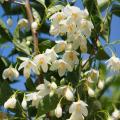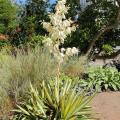Pittosporum
Does this plant fit my garden? Set up your Plantfit profile →
Available in 3 sizes
Available in 2 sizes
Available in 1 sizes
Available in 1 sizes
Available in 2 sizes
Available in 2 sizes
Available in 2 sizes
Available in 2 sizes
Available in 1 sizes
Available in 1 sizes
Available in 1 sizes
Available in 2 sizes
Available in 1 sizes
Available in 1 sizes
Available in 1 sizes
Available in 1 sizes
Available in 1 sizes
Available in 1 sizes
Available in 1 sizes
Available in 1 sizes
Available in 2 sizes
Available in 1 sizes
Available in 1 sizes
Available in 1 sizes
Available in 1 sizes
Available in 1 sizes
Available in 1 sizes
Available in 1 sizes
Pittosporum is a bush or small evergreen tree of the Pittosporaceae family, highly appreciated for the elegance of its leaves, but also for the fragrance of its flowers, reminiscent of the orange tree in the case of the Pittosporum tobira. Preferring mild climates where it forms magnificent hedges, Pittosporum responds well to pruning and tolerates summer drought once established. There are about 200 species of Pittosporum, mainly originating from New Zealand, Australia and New Caledonia, such as Pittosporum tenuifollum, as well as from Japan and China for Pittosporum tobira. When not pruned, the tallest ones commonly reach heights of 3 to 4 metres (10 to 13 feet) and can live for many years in the garden. The more compact ones, not exceeding 1 metre (3 feet) in height, are well suited for container cultivation. Their shiny and dense foliage is particularly elegant. It consists of leaves of varying sizes and appearances depending on the species and varieties. They are leathery, small and fairly round in the case of tenuifolium, or larger, oval and elongated and shiny in the case of P. tobira, displaying different glaucous and purple hues in 'Tom Thumb', cream in 'Irene Patterson' or variegated. This young plant will thrive in a sunny position, in well-drained soil, in a dry garden, or in a large pot to be overwintered in cold climates. It tolerates sea spray perfectly, allowing gardeners in coastal areas to use it without reservation as a standalone plant or in an informal hedge.
Haven't found what you were looking for?

































